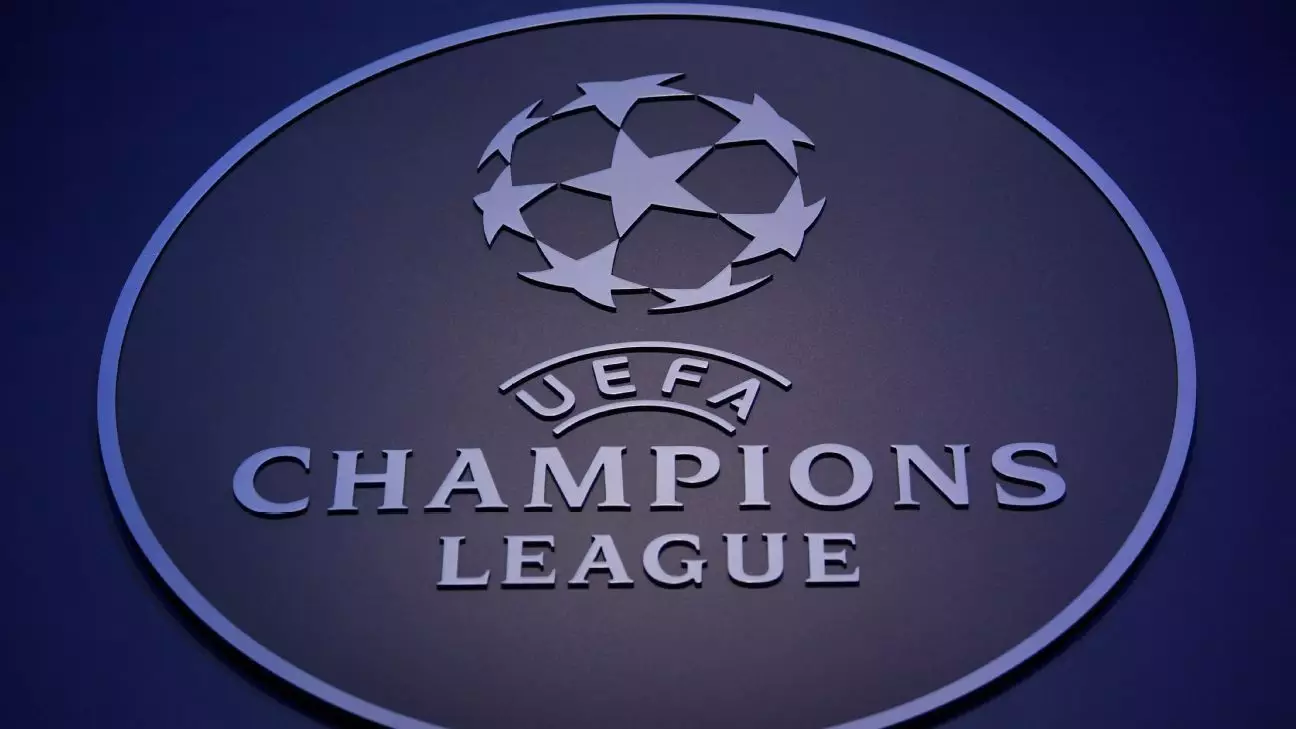The UEFA Champions League stands as the pinnacle of club football in Europe, elevating teams from various leagues to compete on an extraordinary stage. Since its inception in 1955, the tournament has evolved significantly—transitioning from the European Cup to its current format. This article delves into the structure of the tournament, historical context, and statistical highlights underscoring its significance in the world of soccer.
Originally branded as the European Cup, the Champions League underwent a monumental change in 1992 that transformed not only its name but also its structure and prestige. As football became more commercialized and popular, the need for a prestigious tournament that showcased the best clubs grew. The Champions League now features 36 teams from different European leagues, selected based on their domestic performances.
The tournament begins in early September and typically runs through winter, culminating in a grand final in late spring. The format consists of three qualifying rounds followed by a playoff, which sets the stage for the group stage where the real excitement begins.
The current setup entails that each of the 36 participating teams plays eight matches against different opponents, creating a dynamic and competitive atmosphere. As teams battle for supremacy, the top eight clubs secure a direct passage to the knockout stage. The remaining teams ranked ninth to 24th are funneled into a playoff round, where they vie for the final spots in the round of 16. This unique progression approach not only offers varied matchups but also heightens the stakes of each encounter.
The bottom 12 teams are eliminated, underscoring the perilous nature of the competition. The playoff round introduces seeding, allowing teams ranked 9 to 16 to play second legs at home against unseeded teams, further enhancing tactical battles and fan engagement.
Real Madrid holds the distinguished honor of securing the inaugural Champions League title in the 1955-56 season, marking the beginning of their dominance in the tournament. Impressively, Madrid has amassed a staggering total of 15 Champions League titles, far surpassing their closest rival, AC Milan, which has won seven times.
The table of all-time winners illustrates not only the success of these two clubs but also highlights other prestigious teams like Liverpool and Bayern Munich, which have each raised the trophy six times. Historical achievements in this competition have carved out a deep and rich legacy that resonates with clubs, players, and supporters alike.
Beyond just the players, managerial prowess has also played a crucial role in the tournament’s narrative. Carlo Ancelotti’s record of five Champions League titles stands testament to his tactical ingenuity and ability to guide teams to success. His wins span across both AC Milan and Real Madrid, making him a central figure in the competition’s history.
Pep Guardiola, Bob Paisley, and Zinedine Zidane have also etched their names into the annals of Champions League lore, with three titles each. These managers not only influence tactics but also build the cultures and philosophies that underpin successful campaigns.
As of the 2023-2024 season, Real Madrid continues to set the benchmark, showcasing their unparalleled consistency. However, with clubs like Manchester City lifting the trophy recently, the competitive landscape is ever-evolving. The investment in players and tactical innovations mean that predicting a champion has grown increasingly complex.
Looking ahead, new formats and fresh challenges, such as the introduction of more diverse teams from smaller leagues, will continue to reshape the identity of the Champions League. As interest surges globally, the Champions League will unquestionably remain in the limelight, a testament to its status as the ultimate showdown for European club football.
The UEFA Champions League not only serves as an arena for competition but as a crucible that forges legendary tales of triumph, skill, and strategy that will continue to resonate for generations.
